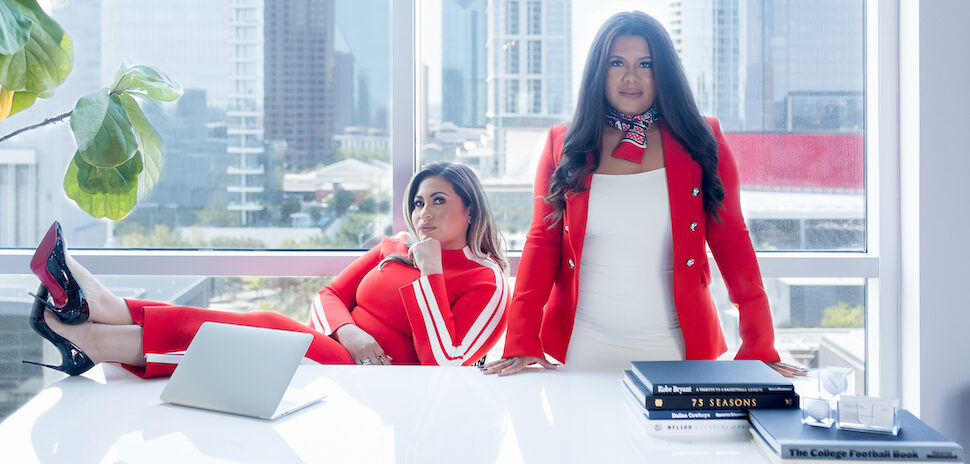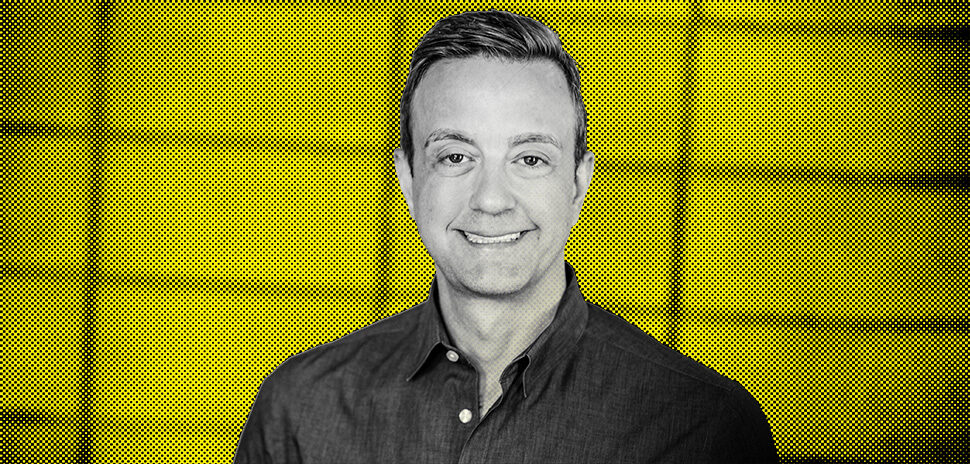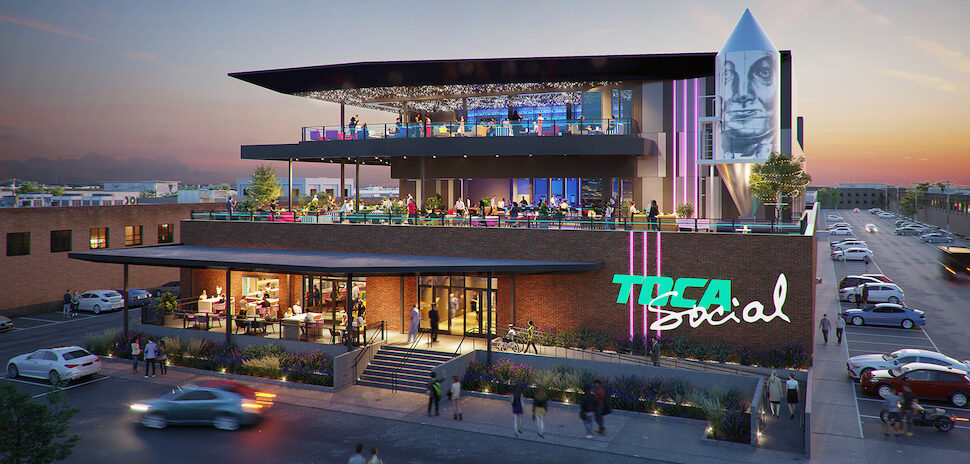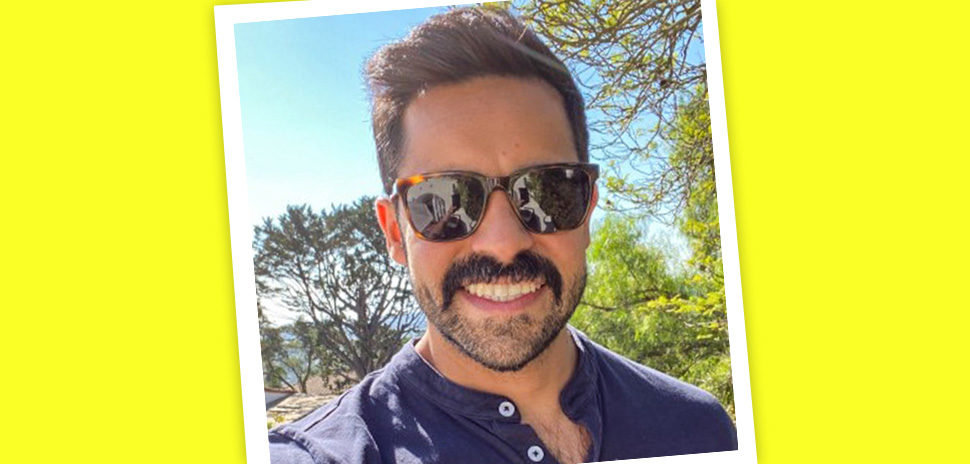The Design With a Big ‘D’ series digs into the scope and depth of the Dallas-Fort Worth UX/UI industry as the region becomes a hot spot for design talent and companies. To follow the series and get the news on what’s now and next in Dallas-Fort Worth, sign up for Dallas Innovates Every Day.
James Helm, VP of Design at Intuit, started in advertising in 1997 as an art director. “I spent a good chunk of my career in print, billboards, and TV. That work got more and more digital,” he says.
Helms says Intuit has embraced design thinking and the design process. Along those lines, Intuit hired former IDEO partner Diego Rodriguez, who describes Intuit as “design-led, through-and-through.”
When asked about talent, Helms notes that “everyone on my team gets multiple (recruiting) calls a week.” He says Intuit retains them by paying well and making sure everyone feels “empowered to do the best work of their lives.” He talks with Dave Moore about the UX process.
User Experience designers always start with empathy.
We either go looking for problems to solve — or knowing what problems need solving. We use empathy to investigate those problems firsthand. We watch small businesses serve their customers. We watch accountants serve THEIR small businesses. We ask a lot of questions around why they do specific things: “Why do you put those papers there?” “Why is THAT important?” “What happens when you do it wrong?” And, “what’s the bigger impact of THAT?” No question is a dumb question, and it’s all about understanding all the motivations: where they’re trying to differentiate (gains) for their clients and where they’re afraid they’ll fall short (pains).
We’ll take all this raw qualitative data from a couple visits, and we’ll generate themes. Ideas. Visuals that paint pictures of the processes we’ve observed. A lot of design work goes into visualizing “the invisible” thoughts, actions, and feelings that are muddled up with the work being done.
The “AHA” moment
Then we’ll come up with a pretty big ‘aha’ — the problem worth solving. And we’ll do a little bit of extra definition around that: Who has the problem? What are they trying to do? What is in their way? And why? And how does that make them feel? (Usually “afraid” or “anxious” or “unsure” or “terrified…”).
Then we’ll imagine an “ideal state,” where that problem no longer exists; we re-frame the problem as a solution state. That’s our “creative brief.”
Then the creativity kicks in. We’ll come up with a ton of ideas around how to get to that ideal state. The bigger, bolder, and more far-reaching the better. We have to resist the tendency to go with the stuff that we could do tomorrow. Because the real magic comes from thinking about things that are HUGE and WAY OUT THERE. The ideas tend to be more interesting and demand more exploration. And they tend to force us to think differently about problem-solving. The craft of designers kicks in here: we start to make story-boards and small prototypes (drawings, mostly) to illustrate these ideas.
A version of this story was first published in Sept. 2018 in a Dallas Regional Chamber brochure: “Design With a Big ‘D'”.
READ NEXT
PART 1: DESIGN WITH A BIG D
The DFW Experience
Part one examines DFW as a UX hotspot. Today, four out of 10 Texas user-experience professionals work in Dallas-Fort Worth.
PART 2: DESIGN WITH A BIG D
How the Big Design Conference Came to Be
Part two looks at the beginnings of the conference. Big Design co-founder Brian Sullivan shares its origin story.
PART 3: DESIGN WITH A BIG D
Corporate by Design
Part three shares insights for how design pros help companies such as Walmart, Accenture, Bottle Rocket, Sabre, and more gain competitive advantage.
PART 4: DESIGN WITH A BIG D
Leading by Design
Part four covers a few big thinkers who are leading by design at companies such as Capital One, BBVA, Intuit, and USAA. Whether it’s slaying piles of paper receipts at tax time or making shopping an adventure, these Dallas area thoughtleaders are making their marks in their respective industries. The common thread? Dogged persistence.
PART 5: DESIGN WITH A BIG D
Meet 6 UX/UI Experts Delivering Solutions
UX/UI designers and experts are integral parts of many company operations and span across almost every industry. The Dallas-Fort Worth region has no shortage of thought leaders who are helping create the solutions for some of today’s most popular products. Here are six you need to know.
#DesignThinking #UX/UI #DesignWithABigD![]()
Get on the list.
Dallas Innovates, every day.
Sign up to keep your eye on what’s new and next in Dallas-Fort Worth, every day.










![James Helm, VP of Design at Intuit [Photo: Intuit]](https://s24806.pcdn.co/wp-content/uploads/2018/09/JHELMS_headshot.jpg)























































